Japanese lantern: Ottawa’s National Arts Centre glows from within

The latest stage in the on-going $225 million rejuvenation of Ottawa’s National Arts Centre by Diamond Schmitt Architects employs light as an architectural element. Inspired by traditional Japanese lanterns as well as the use of light and video in monuments like the Arc de Triomphe and even Yad Vashem, the Kipnes Lantern (named for its generous patrons) is a three storey, hexagonal glass tower, positioned above the new Elgin Street entrance, featuring the largest transparent LED screen in North America.
Originally, the brutalist 1969 Fred Lebensold-designed structure was conceived in concrete, with a rigourous geometry as a series of stunted towers that reference the surrounding rugged terrain of craggy escarpments and Canadian Shield. In keeping with the architects' concept of opening up the building, the lantern will act as a device for illumination, transparency and community engagement. Acting as a ‘fifth stage’ for the venerable arts centre (designated as a national historic site in 2006), the lantern is a literal and figurative beacon, opening up the national cultural symbol to new possibilities.
While the old NAC suffered from a bunker-like insularity, effectively turning its back on the city, the new lantern element will continue the process of connection with nearby Confederation Square, the Rideau Canal and the Parliament Buildings. ‘The unique see-through technology of the screen complements the transparency established in the new public wings that enwrap the NAC and provide connection with downtown Ottawa and outstanding views of nearby landmarks,’ says Donald Schmitt, principal of Diamond Schmitt Architects. In addition to the transparent digital screens on four sides of the Lantern, Vancouver’s ClearLED has also designed smaller fin screens along the Elgin Street façade.
NAC CEO Peter Herrndorf sees the Kipnes Lantern, which will display NAC productions as well as work being done across Canada, as ‘a beacon for the performing arts, showcasing the breadth and excellence of the music, theatre and dance being produced across Canada’. While striking a sober balance with nearby national monuments, the Lantern will also be a touchstone for light and video programs to complement national holidays.
Like an aesthetic Canadian superhero that doesn’t overwhelm its more traditional neighbours, the NAC Lantern reads like a national light box – both a screen for and a reflection of the best of Canadian culture.

The structure was inspired by Japanese lanterns and is named for its generous patron.
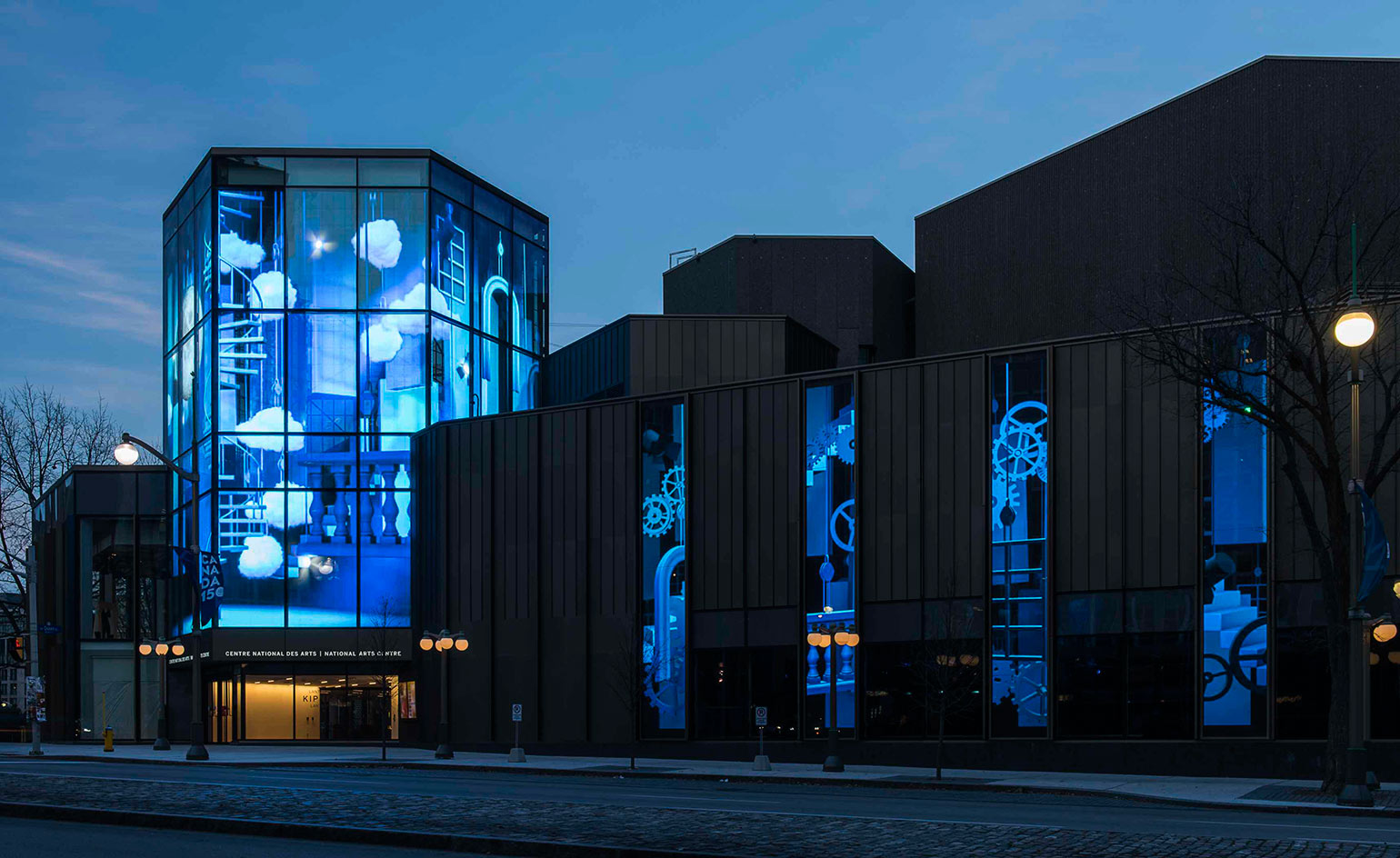
Kipnes Lantern is a three story, hexagonal glass tower, positioned above the new Elgin Street entrance.

The lantern will act as a device for illumination, transparency and community engagement.

The transparent nature of the glass structure symbolises the opening up of the centre to the public.

The Lantern will act as a touchstone for light and video programs during national holidays.
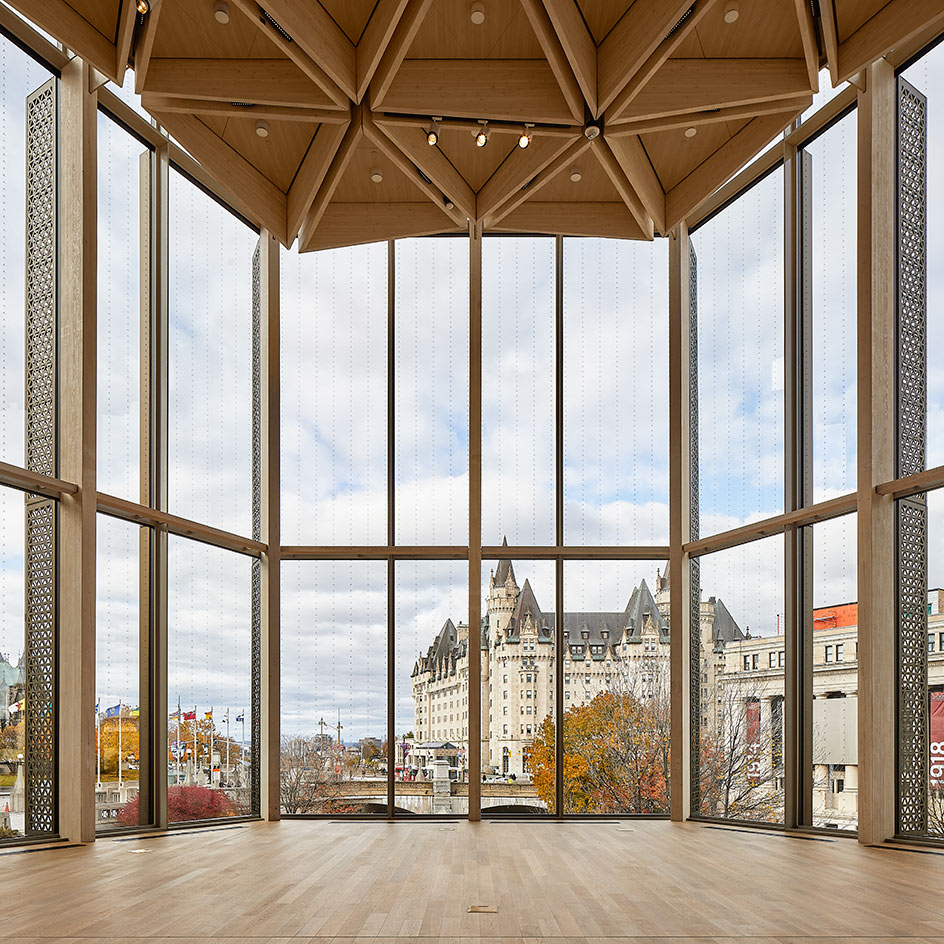
At the same time, the transparency creates a bright and welcoming space inside for the gallery.
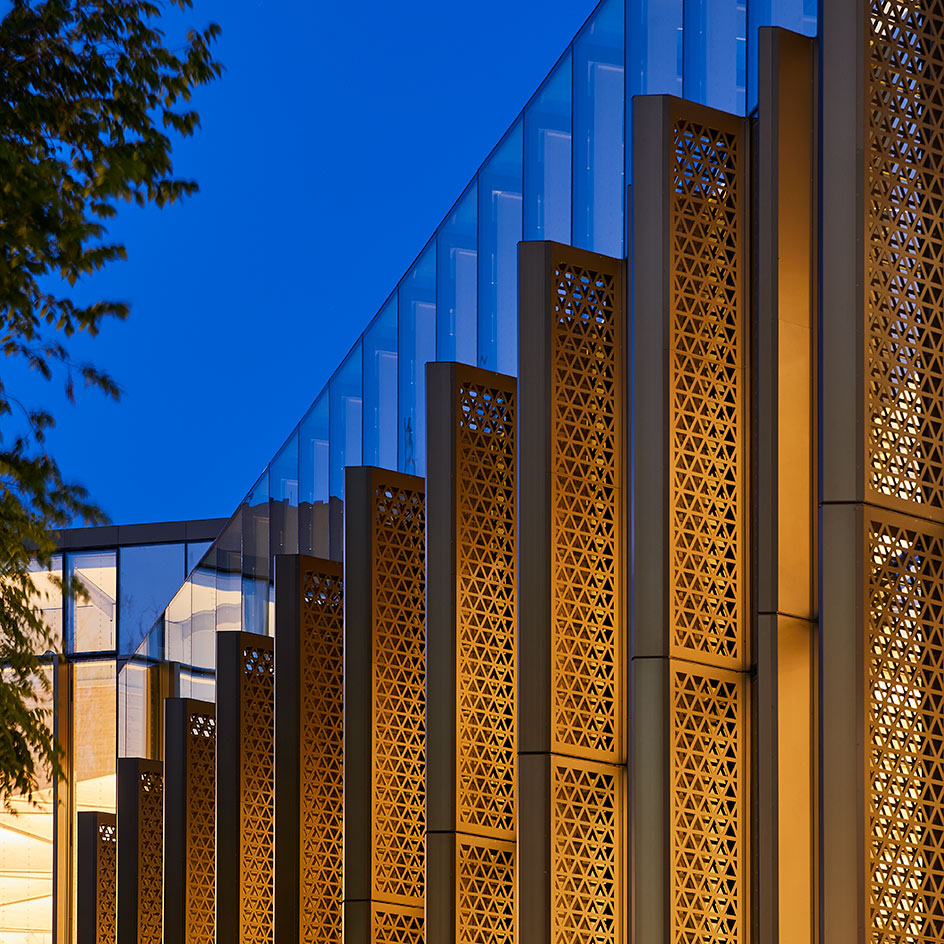
The addition also features the largest transparent LED screen in North America.
INFORMATION
For more information visit the DSAI website
Receive our daily digest of inspiration, escapism and design stories from around the world direct to your inbox.
-
 A day in Ahmedabad – tour the Indian city’s captivating architecture
A day in Ahmedabad – tour the Indian city’s captivating architectureIndia’s Ahmedabad has a thriving architecture scene and a rich legacy; architect, writer and photographer Nipun Prabhakar shares his tips for the perfect tour
-
 You can now stay in one of Geoffrey Bawa’s most iconic urban designs
You can now stay in one of Geoffrey Bawa’s most iconic urban designsOnly true Bawa fans know about this intimate building, and it’s just opened as Colombo’s latest boutique hotel
-
 Pentagram’s identity for eVTOL brand Vertical Aerospace gives its future added lift
Pentagram’s identity for eVTOL brand Vertical Aerospace gives its future added liftAs Vertical Aerospace reveals Valo, a new air taxi for a faster, zero-emission future, the brand has turned to Pentagram to help shape its image for future customers
-
 The Architecture Edit: Wallpaper’s houses of the month
The Architecture Edit: Wallpaper’s houses of the monthFrom Malibu beach pads to cosy cabins blanketed in snow, Wallpaper* has featured some incredible homes this month. We profile our favourites below
-
 Explore the riches of Morse House, the Canadian modernist gem on the market
Explore the riches of Morse House, the Canadian modernist gem on the marketMorse House, designed by Thompson, Berwick & Pratt Architects in 1982 on Vancouver's Bowen Island, is on the market – might you be the new custodian of its modernist legacy?
-
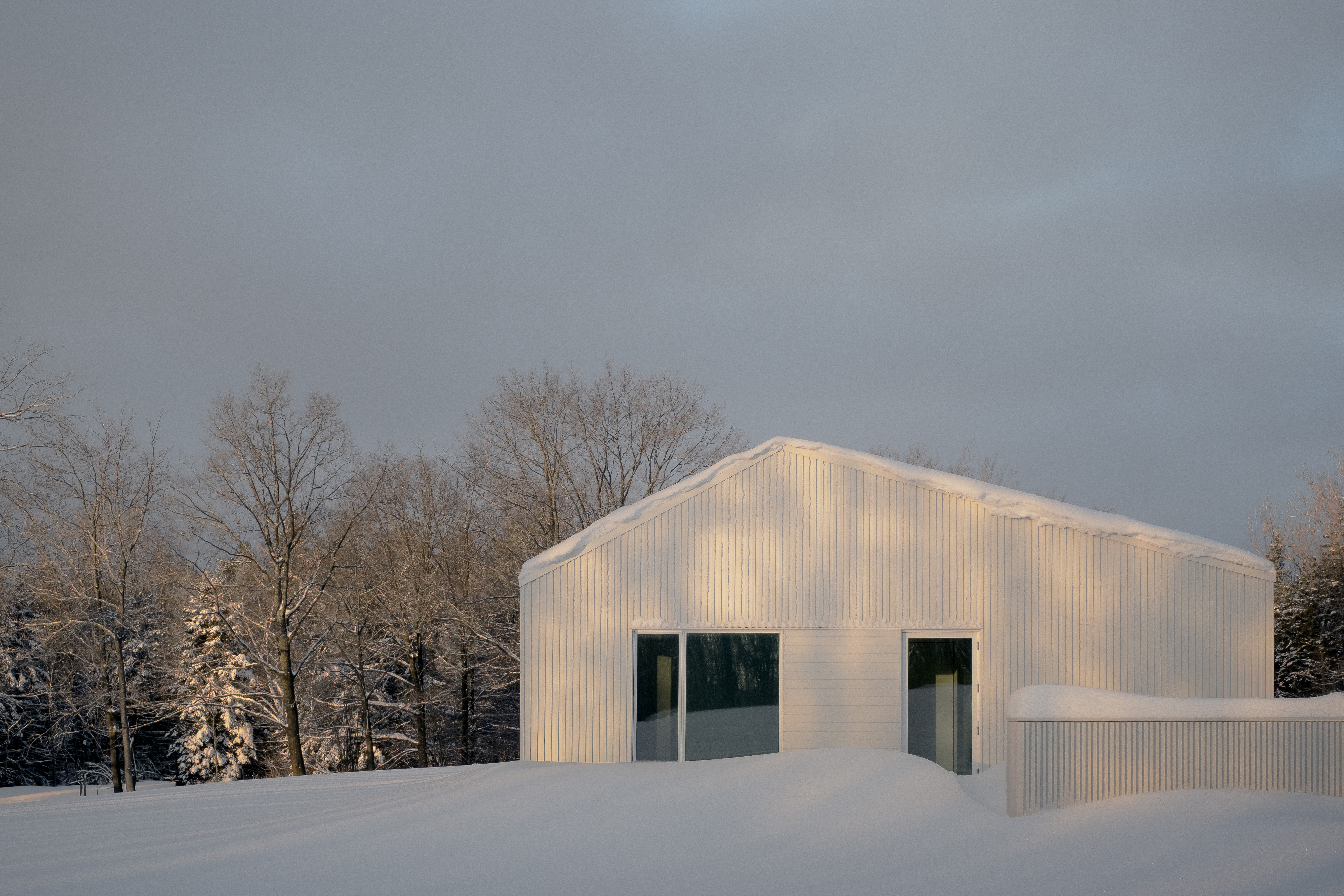 Cosy up in a snowy Canadian cabin inspired by utilitarian farmhouses
Cosy up in a snowy Canadian cabin inspired by utilitarian farmhousesTimbertop is a minimalist shelter overlooking the woodland home of wild deer, porcupines and turkeys
-
 Buy yourself a Sanctuary, a serene house above the British Columbia landscape
Buy yourself a Sanctuary, a serene house above the British Columbia landscapeThe Sanctuary was designed by BattersbyHowat for clients who wanted a contemporary home that was also a retreat into nature. Now it’s on the market via West Coast Modern
-
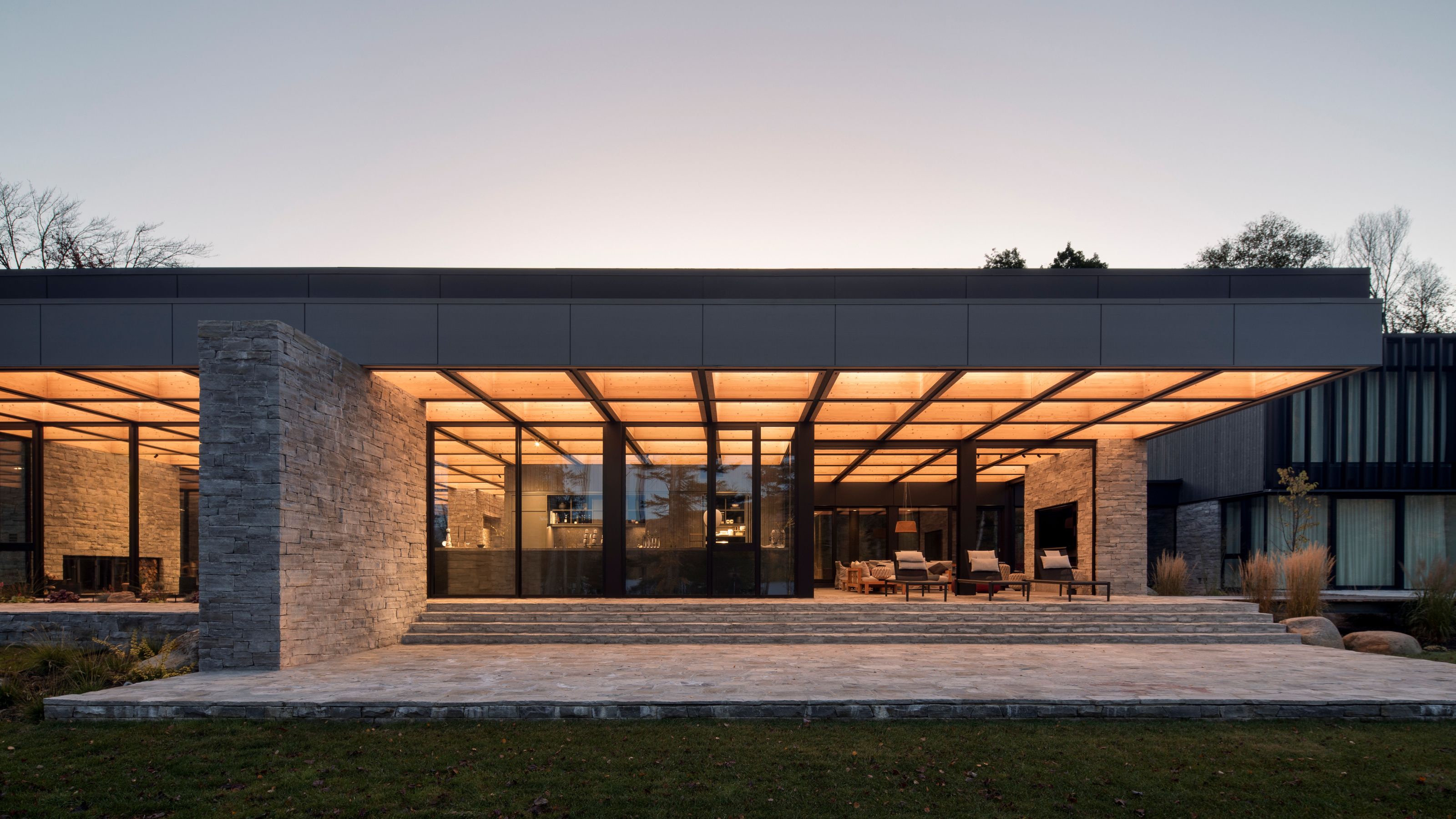 La Maison de la Baie de l’Ours melds modernism into the shores of a Québécois lake
La Maison de la Baie de l’Ours melds modernism into the shores of a Québécois lakeACDF Architecture’s grand family retreat in Quebec offers a series of flowing living spaces and private bedrooms beneath a monumental wooden roof
-
 Peel back maple branches to reveal this cosy midcentury Vancouver gem
Peel back maple branches to reveal this cosy midcentury Vancouver gemOsler House, a midcentury Vancouver home, has been refreshed by Scott & Scott Architects, who wanted to pay tribute to the building's 20th-century modernist roots
-
 A spectacular waterside house in Canada results from a radical overhaul
A spectacular waterside house in Canada results from a radical overhaulSplyce Design’s Shoreline House occupies an idyllic site in British Columbia. Refurbished and updated, the structure has been transformed into a waterside retreat
-
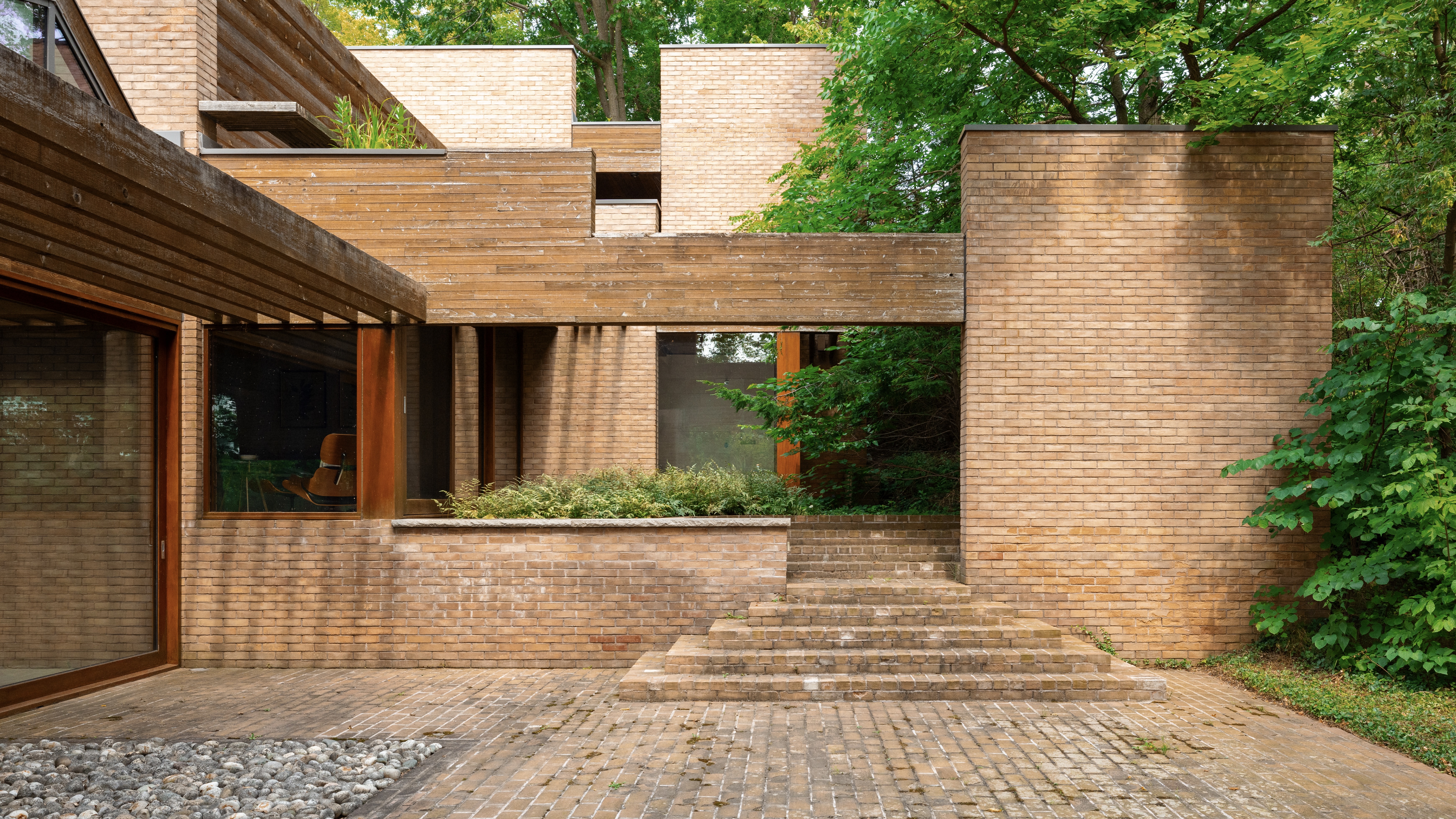 Hilborn House, one of Arthur Erickson’s few residential projects, is now on the market
Hilborn House, one of Arthur Erickson’s few residential projects, is now on the marketThe home, first sketched on an envelope at Montreal Airport, feels like a museum of modernist shapes, natural materials and indoor-outdoor living